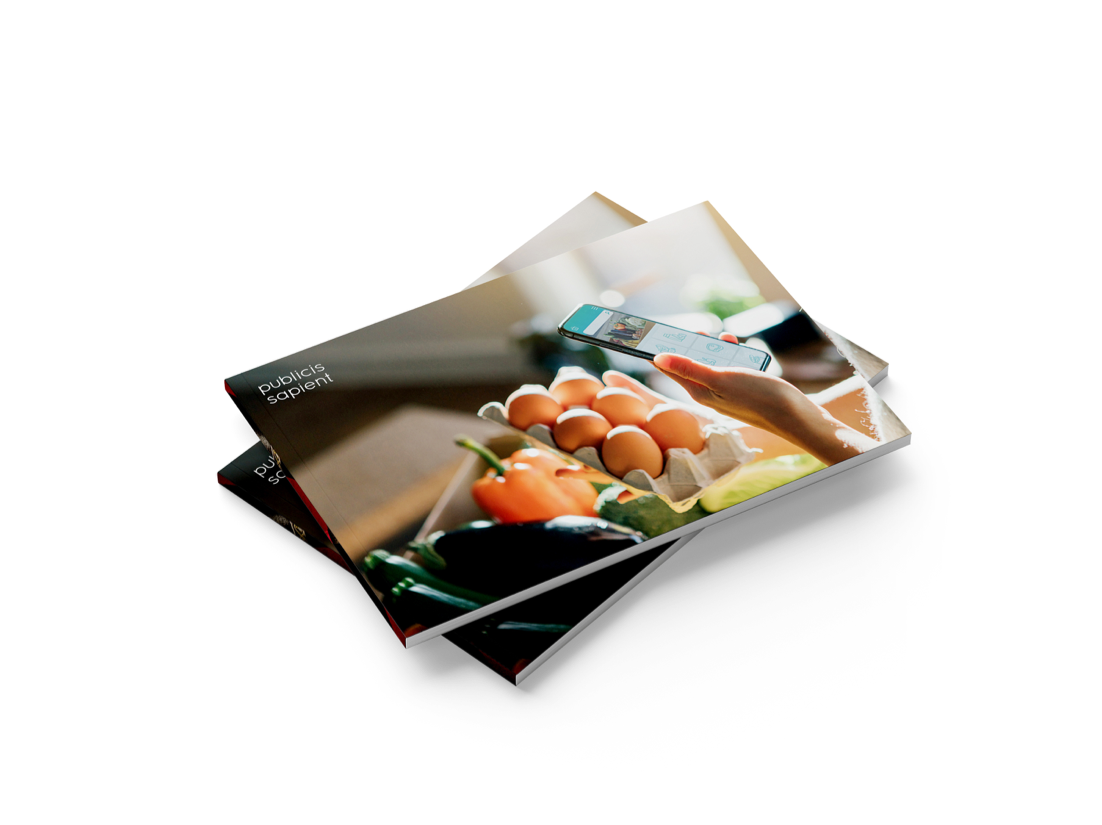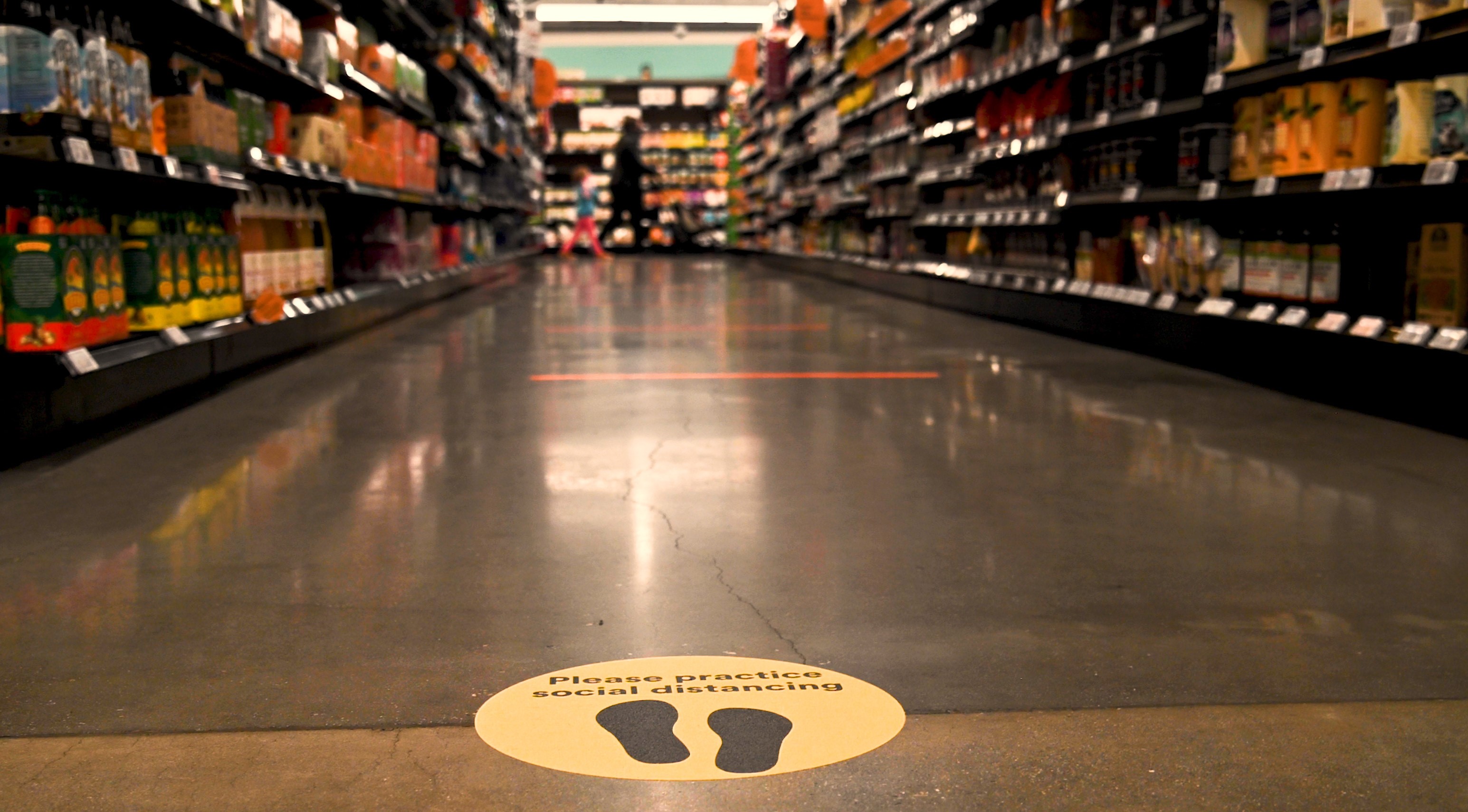As society transitions into a post-COVID world and the economy begins to reopen, grocers have the opportunity to emerge stronger than before, armed with a set of innovative strategies, born out of necessity, but capable of driving growth by providing new experiences for customers whose shopping habits may remain permanently changed. Some consumers will return to stores – but with different expectations of what an in-store experience should look like. Others may fully embrace curbside pickup or at-home delivery, choosing to shop more exclusively online.
“Grocery is one of those industries that will never go away. The winners are the companies that can best offer the customer what they need – and that changes over time,” Guy Elliott, retail & consumer products lead, EMEA & APAC, said. “Grocers who succeed in a post-COVID will double down on their online offerings (home delivery and click-and-collect) and figure out creative ways to move the volumes of customers through their stores while keeping people safe.”
Sustaining profitability through new value propositions
COVID-19 elevated need for online grocery options, with many consumers adopting digital channels to shop for the first time. According to Engine Insights, online grocery shopping jumped 74 percent through the height of the pandemic, with a steeper sustained growth trajectory forecast over the next few years.
Looking ahead, grocers have the ability to leverage consumer demand to refine connected online experiences and further establish digital as a longstanding alternative. To do this, grocers should double down on programs which demanded acceleration in the wake of crisis – services like click-and-collect, curbside pickup, home delivery, D2C and supply chain optimization. How can grocers grow, and how can they apply consumer insights to sustain acquisition while maintaining operational costs?













